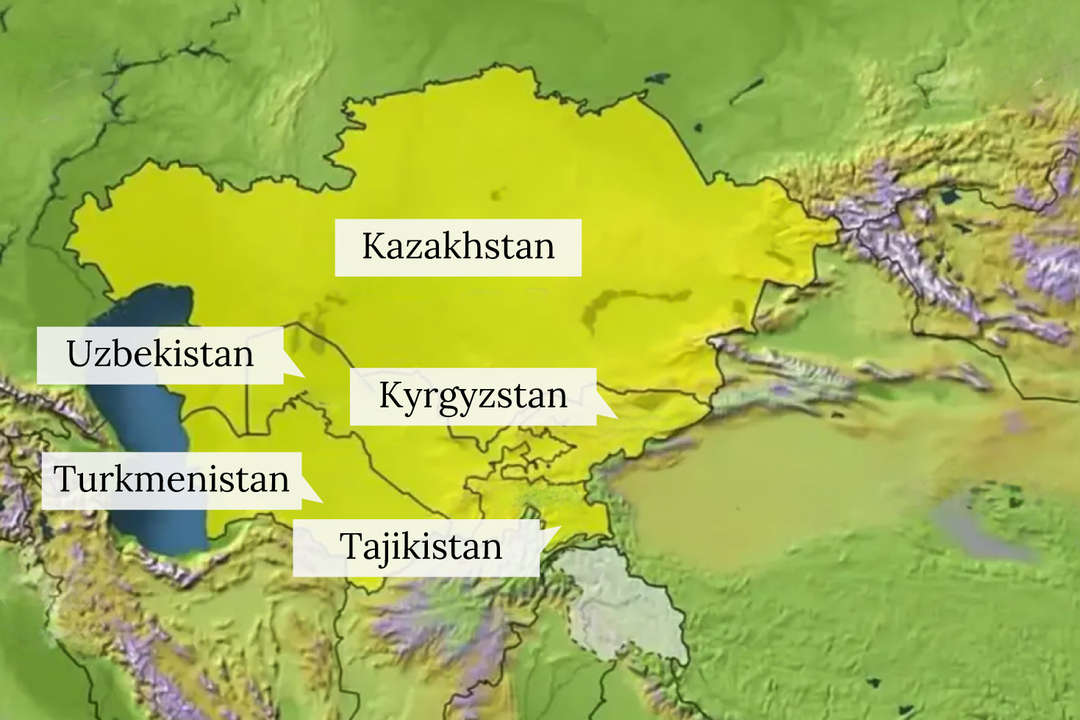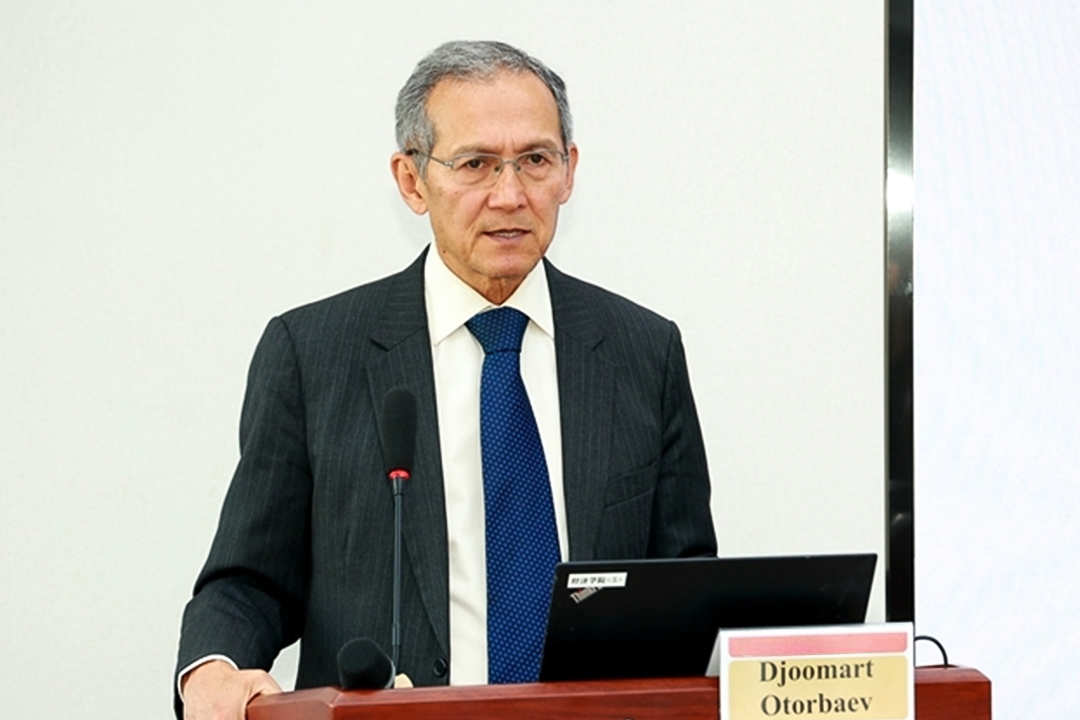[Opinion]Commentary: Beyond the 'Resource Trap' - Central Asia Bets on Value-Added Mining

The recent China-Central Asia summit resulted in several key decisions, emphasizing modernization and high-quality development in joint projects. A significant outcome was the adoption of the Astana Declaration and signing 12 agreements under the Belt and Road Initiative, focusing on personnel exchange, environmentally friendly mining, infrastructure investment, as well as trade and industrial cooperation. Future investment collaboration between China and Central Asia will span several sectors and hold significant potential.
This analysis highlights the opportunities and characteristics of engagement among all kinds of investors, regional governments and local societies regarding exploring the region’s plentiful mineral resources. When making decisions, potential investors and industry leaders should consider local circumstances and priorities.
Central Asia boasts substantial global reserves of essential minerals. For instance, the region contains 38.6% of the world’s manganese ore, 30% of chromium, 20% of lead, 12.6% of zinc, and 8.7% of titanium. Consequently, it is rapidly emerging as a significant player in the international mineral market. Multiple investors are actively seeking opportunities to engage in the extraction and processing of different raw materials.
Since industrialists and even top politicians have recently concentrated on acquiring rare earth minerals, vital for green energy and defense, let’s explore the potential for developing these minerals more thoroughly in Central Asia.
In 2018, the U.S. Geological Survey identified 384 deposits of rare earth elements and metals across Central Asian countries, ranging from primary sources to early-stage projects. Kazakhstan has 160 deposits, Uzbekistan 87, Kyrgyzstan 75, Tajikistan 60, and Turkmenistan two.
Additionally, Uzbekistan has discovered abundant deposits of over 30 strategic metals, including 174,000 tons of lithium, 15.2 million tons of graphite, 10,000 tons of tantalum and niobium, and 62 million tons of titanium, iron and zirconium. Only 40% of the country’s territory has been explored, revealing significant potential for further mineral discoveries. Over the next three years, until 2029, the country intends to launch 76 projects on 28 rare minerals, costing approximately $2.6 billion. It also plans to boost funding for exploration.
Djoomart Otorbaev. Photo: Shandong University
Several projects with European investors have already been initiated. Without listing each one, let’s highlight two ongoing projects in Kazakhstan. In the first, MS Bergbau AG plans to invest up to $500 million in lithium deposits. In the second, the European Bank for Reconstruction and Development is taking a stake in Sarytogan Graphite, a company involved in graphite mining.
Western governments recognize Central Asia’s strategic role as a key raw materials supplier and engage at the highest political levels. In February 2024, U.S. President Joe Biden emphasized this focus by initiating the first C5+1 Critical Minerals Dialogue with all five countries. The Trump administration also decided to support this dialogue.
At the inaugural EU-Central Asia summit in Samarkand in April, the primary focus was on developing critical raw materials essential for Europe’s transition to a “green” economy and modernizing its defense sector. Of the total 12 billion euro investment package, 2.5 billion euros were explicitly designated for the development of rare earth minerals.
The growing emphasis on securing key raw materials in Central Asia could turn the region into an arena for power struggles between big powers such as China, Russia, the U.S. and the EU. This could trigger neocolonialist tendencies in which local elites and foreign investors would benefit financially while local populations would suffer from environmental and social problems.
However, everyone in the region, including government officials and ordinary citizens, agrees that this should not happen. Transparent governance and equitable distribution of mining revenues are essential to prevent growing inequality and protect local communities.
Let’s focus on the key aspects of conducting business in Central Asia.
There is a regional consensus that depending solely on raw material extraction and exports can lead countries into a resource trap. Relying only on raw material exports may heighten economic risks, damage the environment, and worsen social inequalities. As a result, our nations are focusing on advanced local processing technologies and supplying finished products within the critical minerals supply chain to global markets. Only investors who adhere to these collaborative principles will be given priority.
We also believe liberalization should support economic growth, reducing barriers to foreign direct investment, digitalization and infrastructure development that boost labor productivity. Our countries possess a favorable demographic profile and offer workforce access to quality education.
In Central Asia, about 60% of the fully literate population is under 30, making the region one of the youngest in the world. Its youthful and highly educated population is progressively becoming part of the global economy. The entrepreneurial drive among young people is expected to attract more investment to diversify sectors beyond hydrocarbons and minerals, enabling the region to participate more in global value chains.
In Central Asia, improving skills and creating quality jobs are critical to raising living standards across the region. Recognizing this, foreign and domestic investors increasingly channel their funds into knowledge-intensive sectors such as high technology, renewable energy, transportation, and agricultural processing.
Despite remaining challenges, such as the still high dependence on hydrocarbon and commodity exports, priority in Central Asia has been given to the extraction and deep processing of valuable minerals. These changes will improve our region’s economic prospects and contribute to sustainable growth.
The author is former prime minister of the Kyrgyz Republic and a distinguished professor at the Belt and Road School at Beijing Normal University. The author of Central Asia’s Economic Rebirth in the Shadow of the New Great Game (Routledge, 2023).



